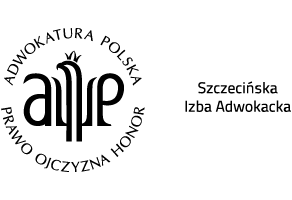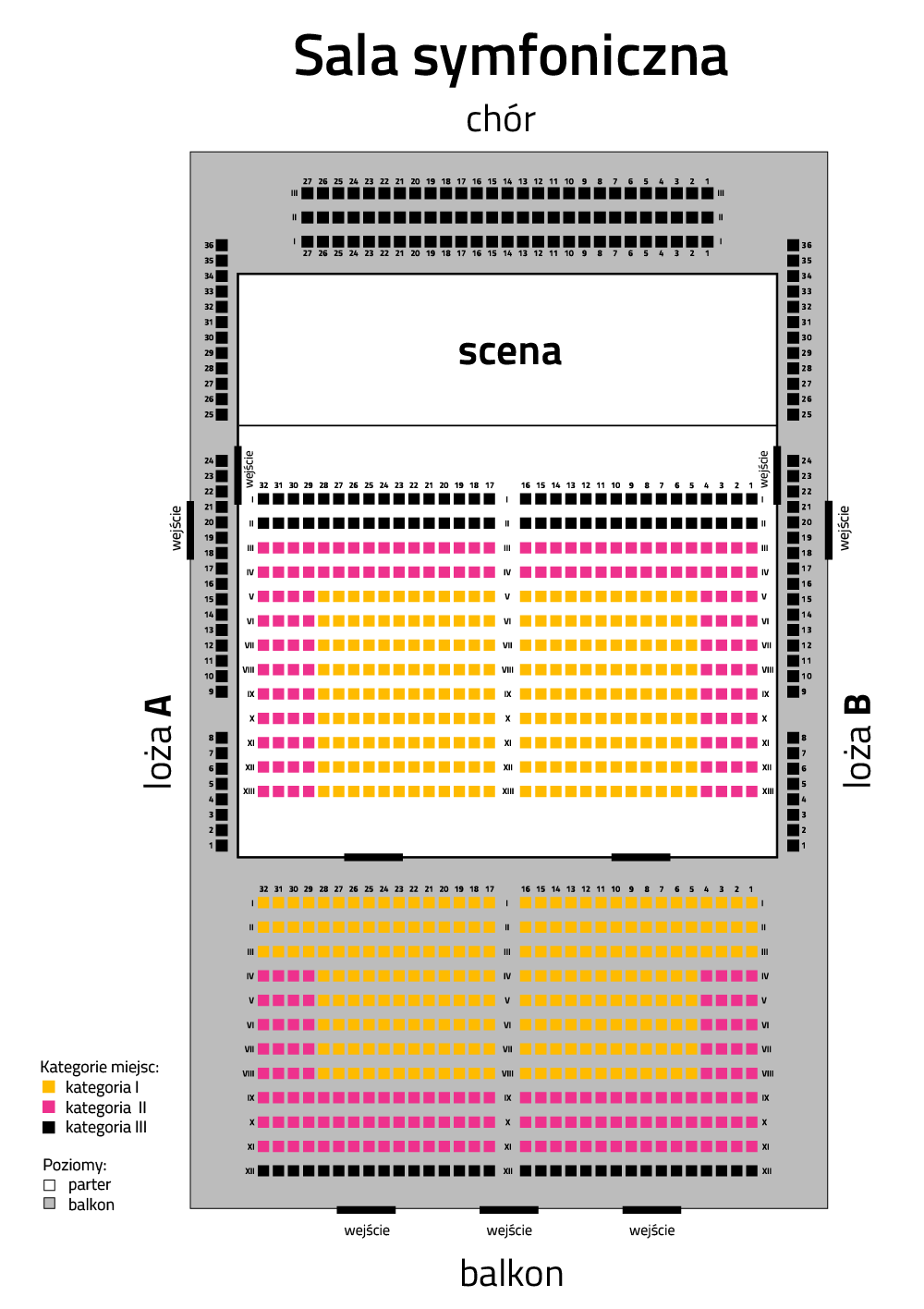Such different national colours appearing in Ravel's music? Recalling the joy of dancing in Vienna during the Congress times in the choreographic poem “La Valse”, the echo of the sounds heard in the native Basque Country in “Bolero”, and the fascination with jazz in Piano Concerto in G major (like Gershwin). And above all there is the spirit of French music with the palette of colours and a dose of melancholy from the paintings of Monet.
"La Valse" was created between 1919 and 1920 as a choreographic poem (Paris premiere on December 12, 1920). In fact it was conceived as a ballet. The composer showed the music to Russian ballet director Sergei Diaghilev. Although he recognized the musical value of the work, he stated that ... is not suitable for the stage. It enraged Ravel so much that he broke all contact with Diaghilev. Today "La Valse" functions as a concert piece and there is no doubt it is a portrait of Vienna from the great times of the Monarchy. Let us give the composer a voice: "This piece is as a kind of apotheosis of the Vienna waltz which in my mind is connected with an impression of fantastic and fatalistic emotions. I put this waltz against the background of the imperial palace, in about 1855. " Interesting interpretations of how the work was a metaphor for the fall of civilized Europe after the end of the First World War (birth, flourishing and destruction of the waltz) appeared after the premiere of the work. However, it must be immediately rectified that Ravel denied binding his work with any political context.
"Waltz – as Ravel says – like any other dance, can take on a tragic expression. There is nothing more to be found in this work than sound animated by light and movement. " Although on the plus side let’s add that in the earlier years the composer had already taken up the topic of this dance, then "noble and sentimental" (1911) waltzes were created. It took a few years, during which the artist served on the frontline, he was at Verdun, suffered a lot – frostbite, dysentery, and then the death of his mother. The world of 1911, when he was writing trivial Schubert-style waltzes, changed over those few years to become unrecognizable, and this is undoubtedly heard in the music of "La Valse".
A lot has already been written about Ravel's "Bolero". Rarely talked about however, is the role of this composition in the instrumental democratization of the orchestra. Let us note that from the time of the constitution of the orchestra in Mannheim (mid-18th century), a model where the main melodies were presented by a string quintet was valid, "Bolero" (1928) changed the state of things. For the majority of the composition its main theme is presented by wind instruments, while the quintet only shows up in the finale. Even more is "Spring Festival," where string instruments are treated like drums.
But let's return to this 18th-century Spanish dance "Bolero", in Ravel's style (he was a Basque by birth). What does the composer tell us? Let's listen how beautiful and varied are the colours of the brass instruments – not just the violins ... While wind instruments are generally in the shadows, in this composition, like nowhere else can they shine. And if wasn’t for the conductor, you could really talk about democratization ...
The Piano Concerto in G major was written in 1929-1931 and is a clear sign of the fascination with jazz, which was awakened during Ravel’s tour of the United States. Here are Ravel's words on this subject: "The most fascinating aspect of jazz is its richness and the rhythmicity ... Jazz is a source of inspiration and vitality for many modern composers, and I am surprised that so few Americans remain under his influence." Ravel does not mention George Gershwin, whom he had great esteem for. When Ravel celebrated his 53rd birthday in New York City on March 7, 1953, Gershwin was among the guests and captivated Ravel by his performance of "Blue Rapture". A few years earlier, Gershwin had been at Ravel’s in Paris, and who had refused to teach him, saying: "Why would he be a secondary Ravel if he could be a top Gershwin?" Ravel was referring to the natural inclination to jazz which Gershwin would have lost if he had been too involved in writing classics. And in the Piano Concerto hear too some of that jazz from Gershwin. Oh ... there is no justice, and with this democratization the matter is questionable as well.
------------------------------
Mikołaj Rykowski PhD
Musicologist and clarinetist, doctorate, and associate at the Department Music Theory at the Paderewski Academy of Music in Poznań. Author of a book and numerous articles devoted to the phenomenon of Harmoniemusik – the 18th-century practice of brass bands. Co-author of the scripts "Speaking concerts" and author of the spoken introductions to philharmonic concerts in Szczecin, Poznań, Bydgoszcz and Łódź.



